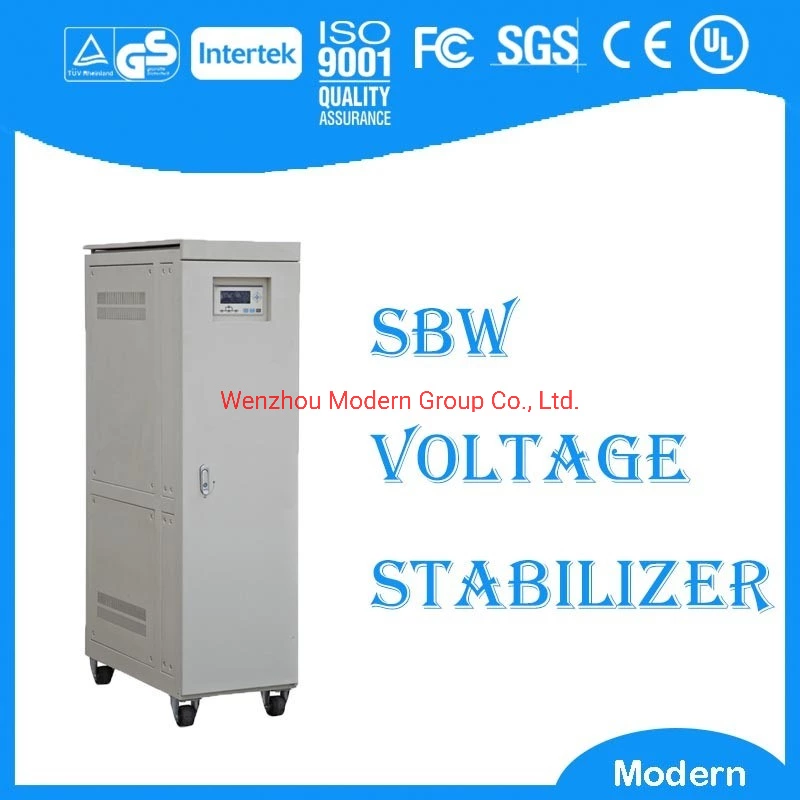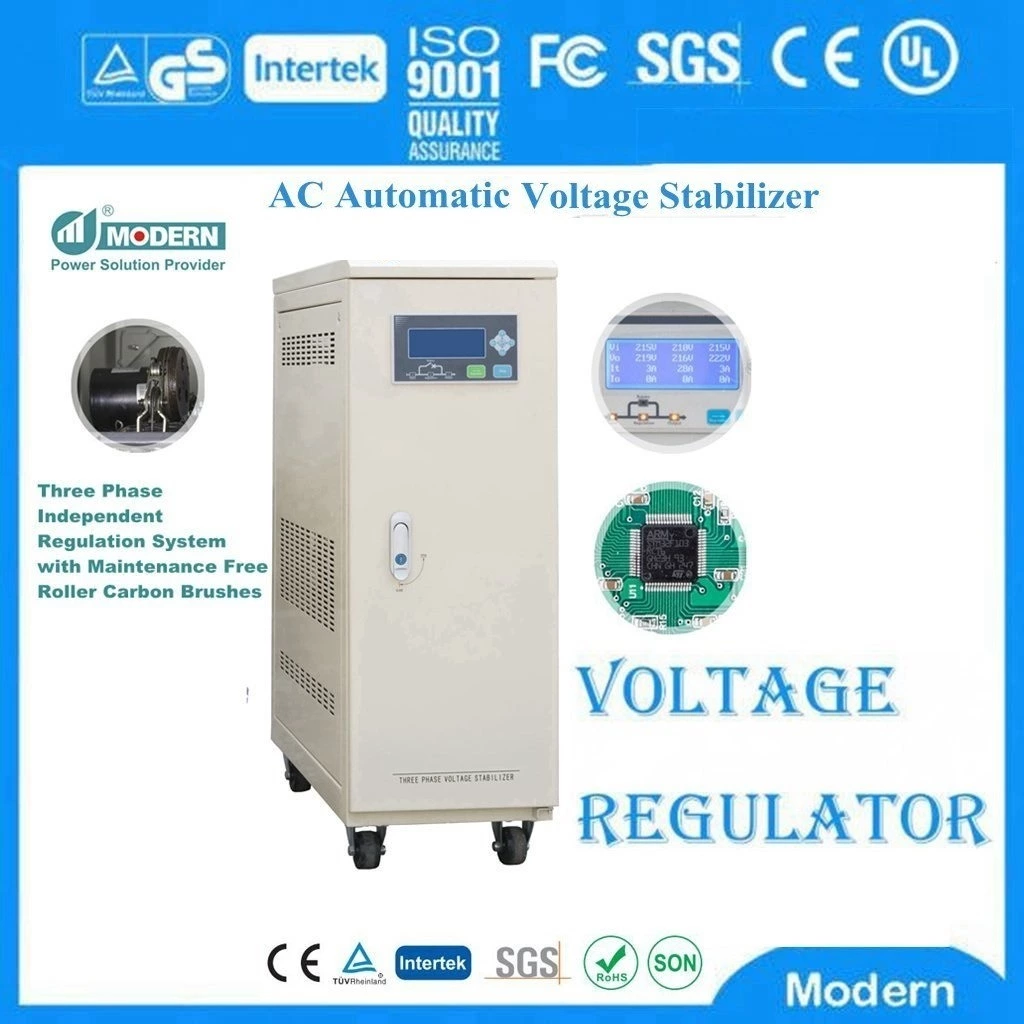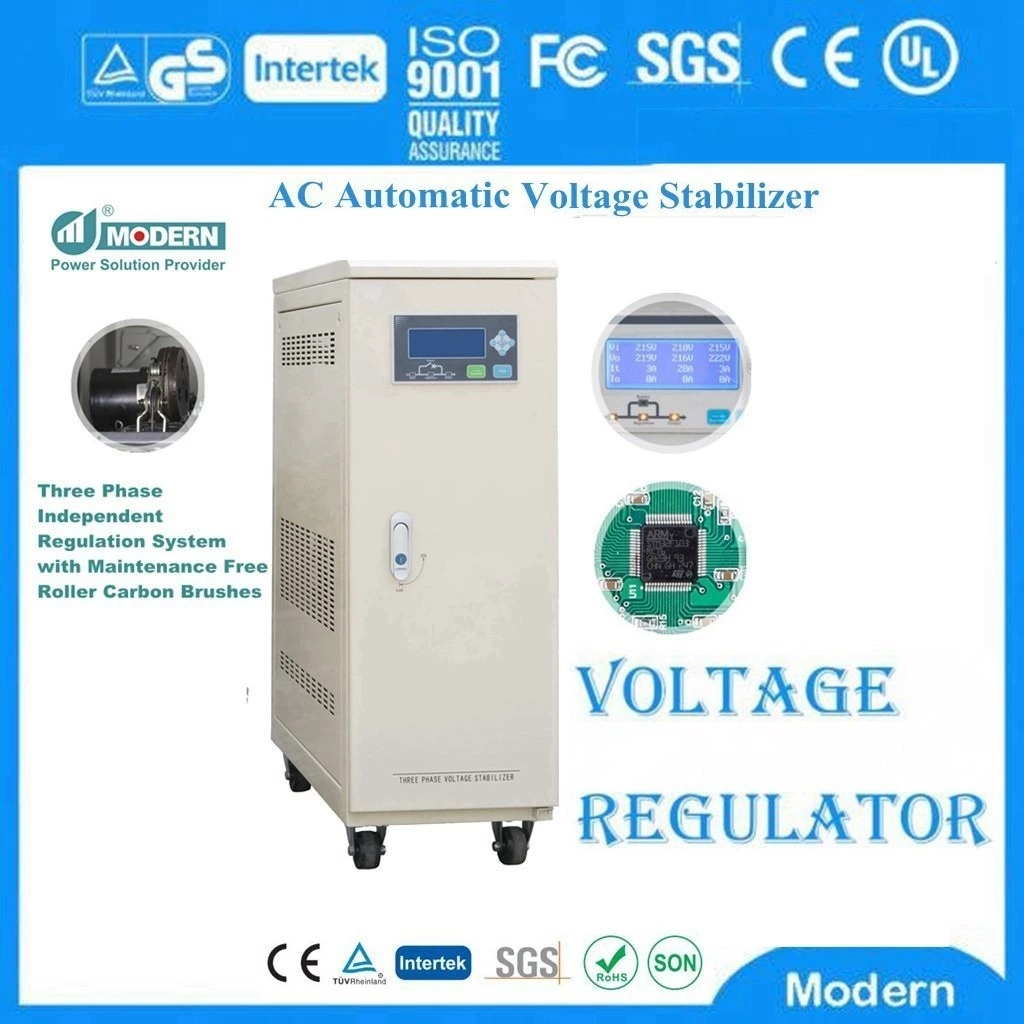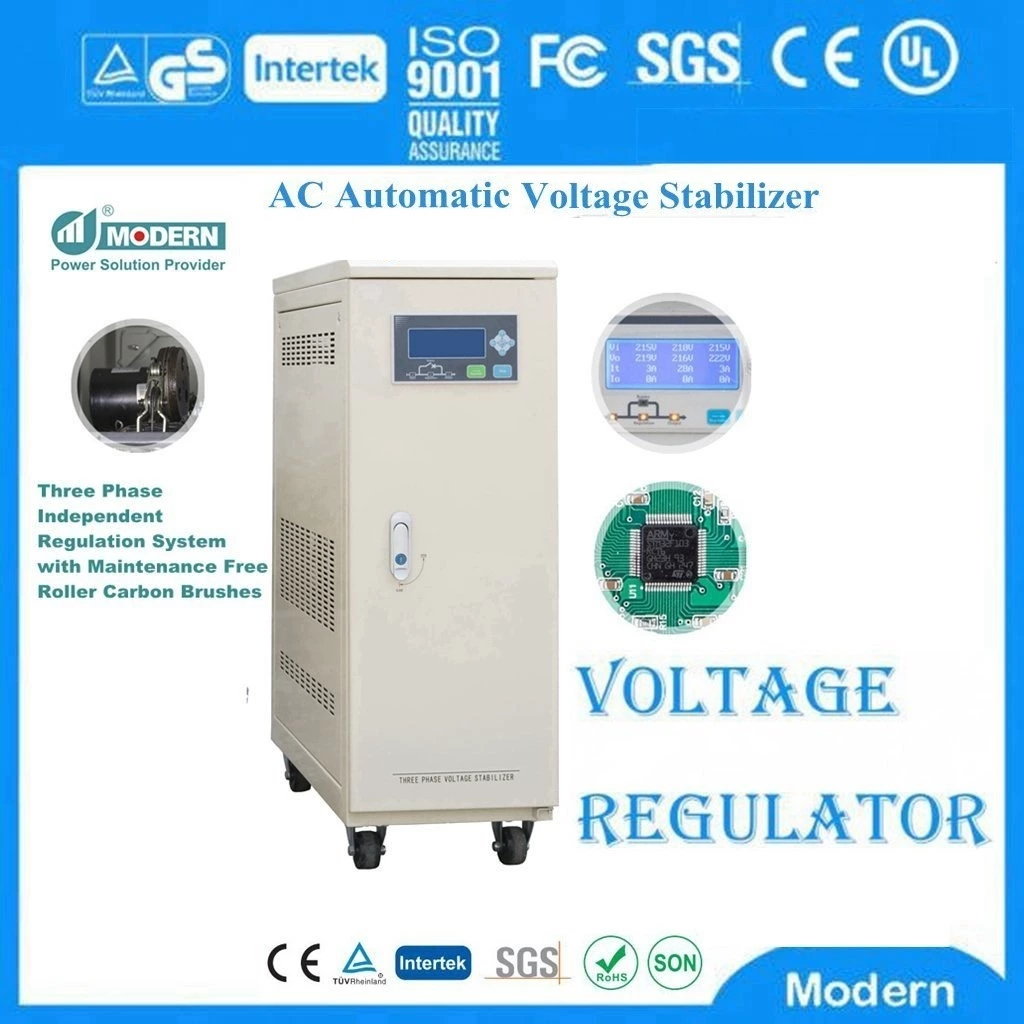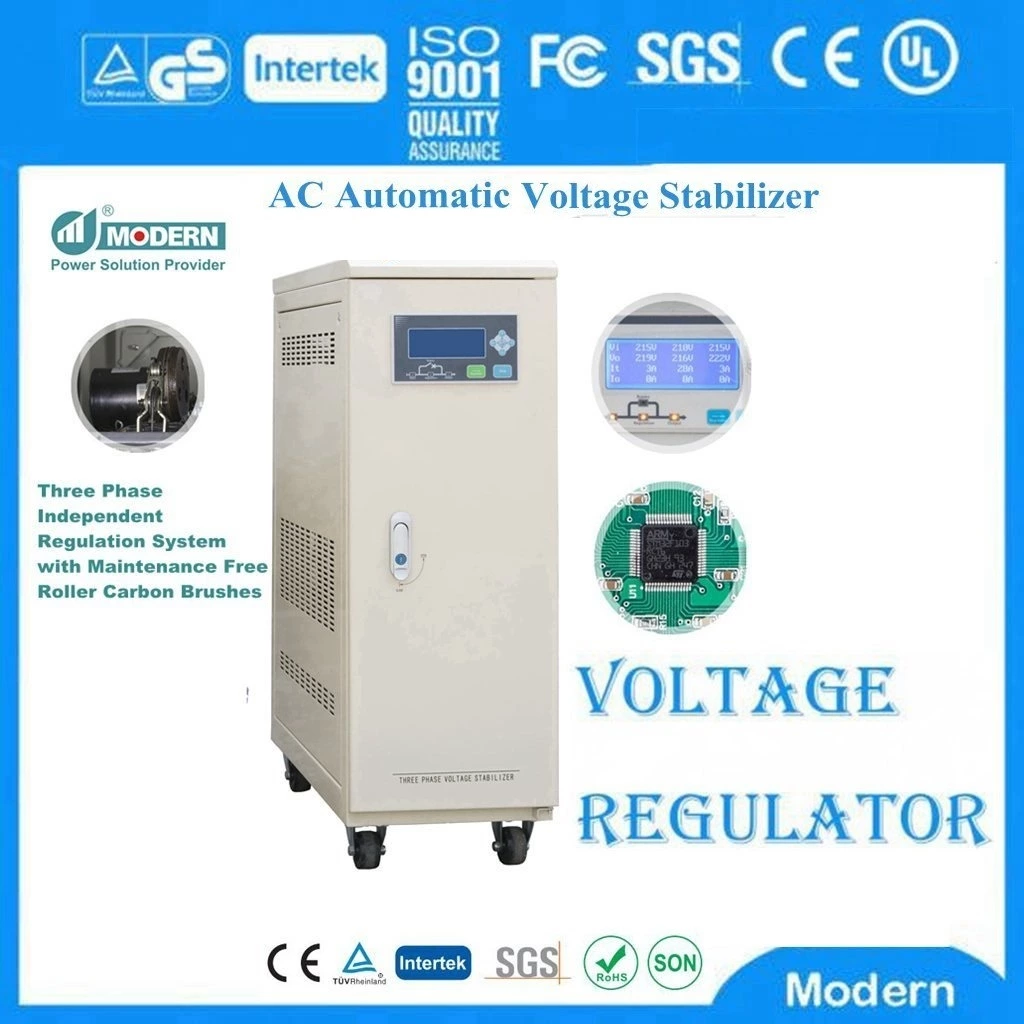How Is The Ac Current Of The Ac Reactor Distributed?
The AC current of AC Reactors is mainly distributed according to its impedance in the circuit.
In the AC circuit, the reactor (specifically the inductor) will produce a certain impedance, which is determined by the inductance value (L) of the inductor and the frequency (f) of the AC power. The specific relationship can be expressed by the formula: Z = 2πfL (where Z is impedance in ohms; f is frequency in Hertz; L is inductance in Henry).
When the AC reactor is connected in series in the circuit, it distributes the AC current in the circuit according to its own impedance value. The current tends to flow through the path with smaller impedance. Therefore, if there are multiple reactors or other components in the circuit, the current distribution on each component will depend on their respective impedance values.
In addition, the main role of the AC reactor in the circuit is to limit the current impact caused by sudden changes in grid voltage and operational overvoltage, smooth the spike pulses contained in the power supply voltage, protect the power components inside the inverter, improve the power factor, and reduce the pollution of harmonic current to the grid.
In summary, the AC current of the AC reactor is distributed according to its impedance in the circuit, and this impedance value is determined by the inductance value of the reactor and the frequency of the AC current.
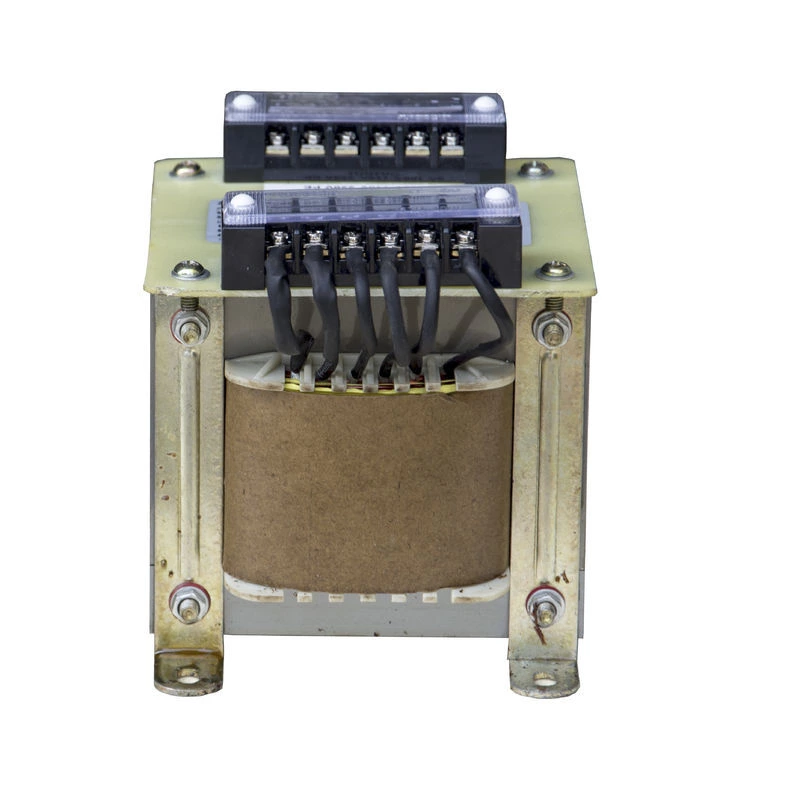
 Русский
Русский
 Français
Français
 Português
Português
 Español
Español
 اللغة العربية
اللغة العربية
